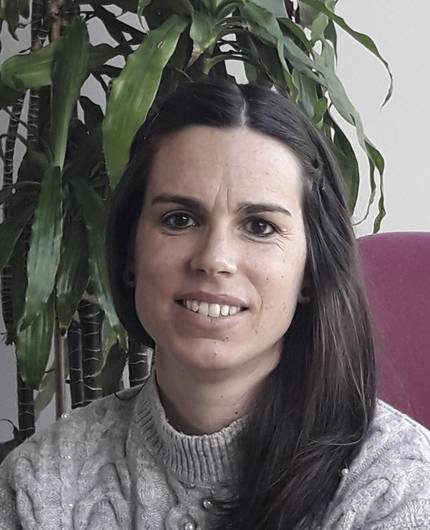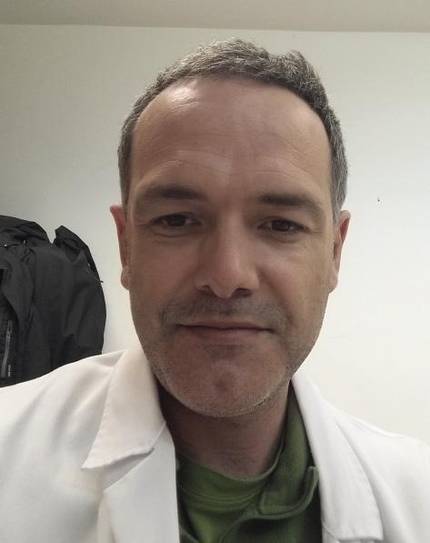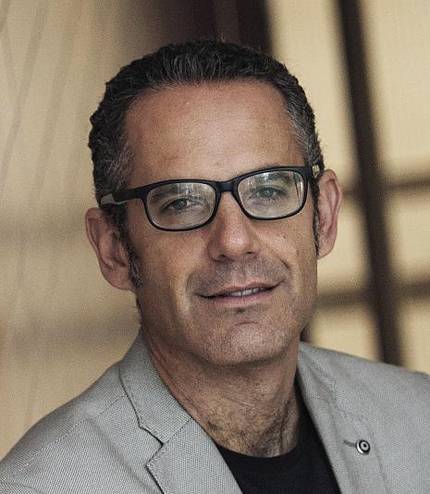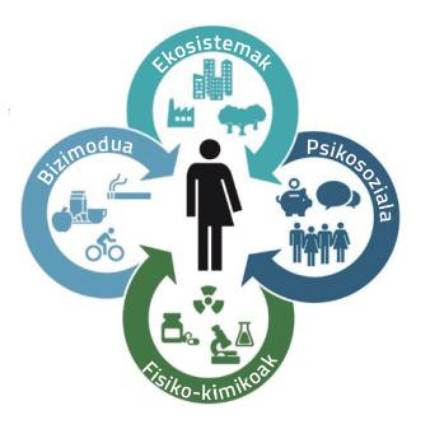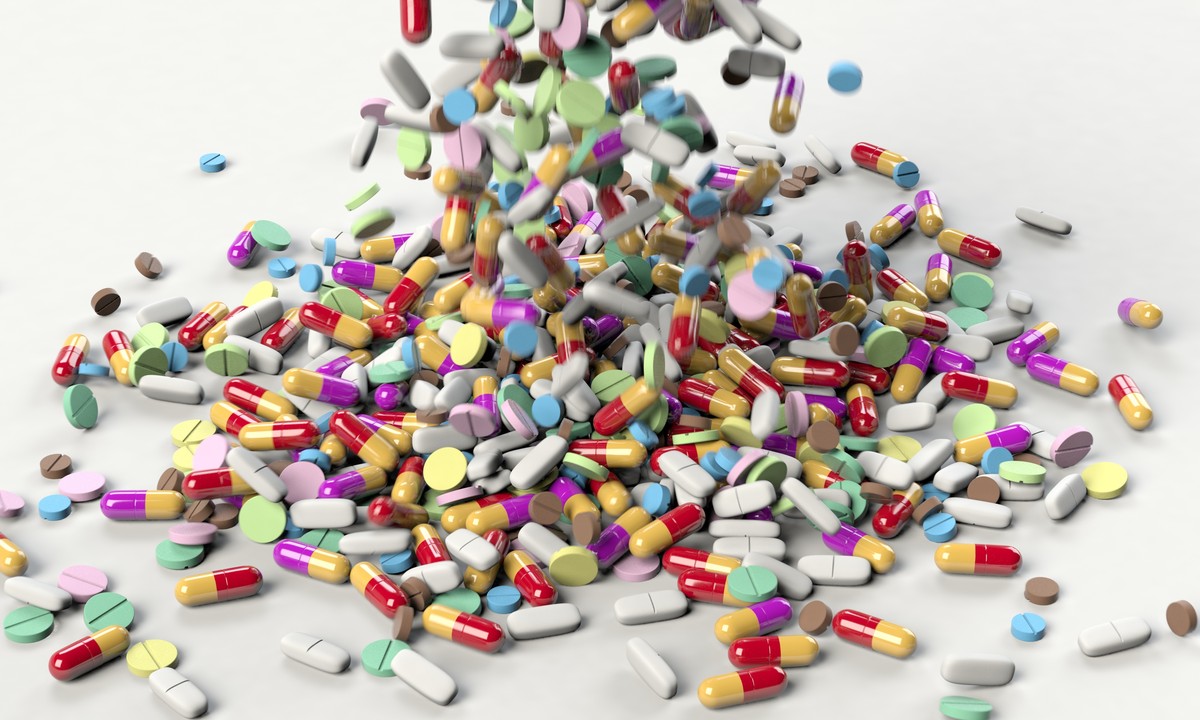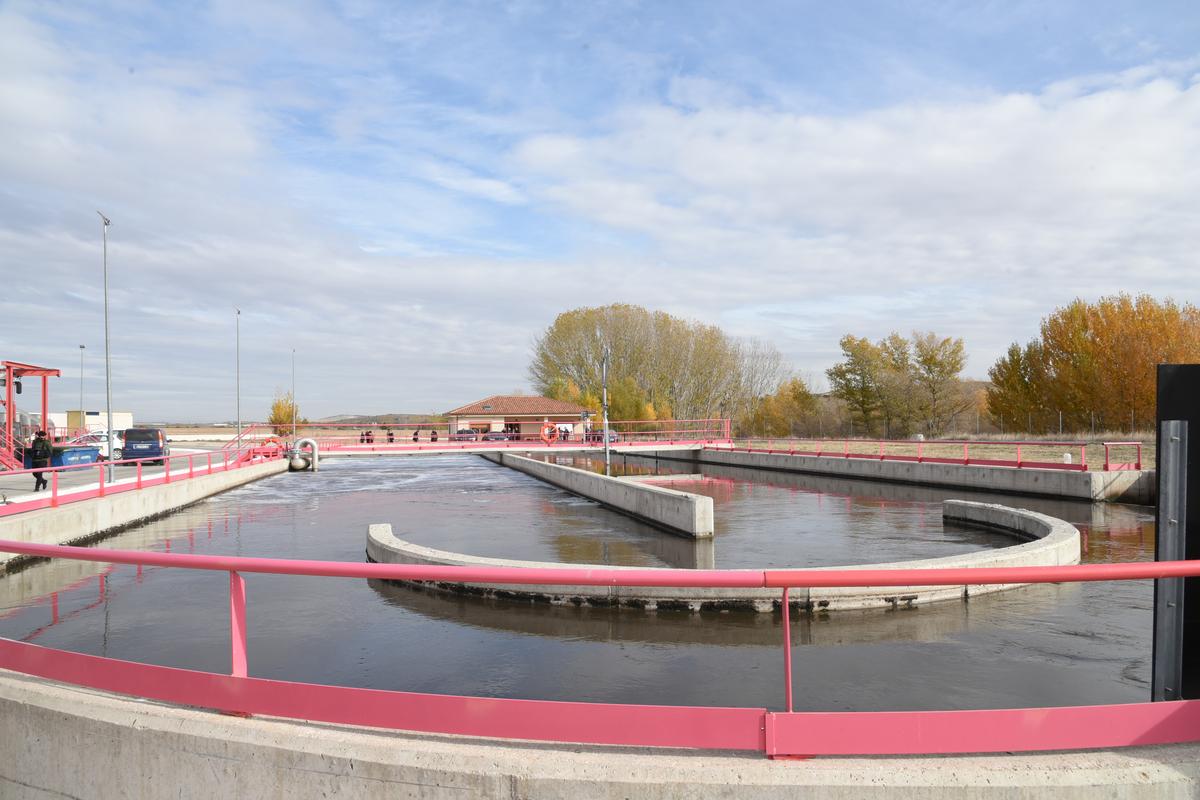Chemical industry in debt to sustainability
2020/06/01 Agirre Ruiz de Arkaute, Aitziber - Elhuyar Zientzia Iturria: Elhuyar aldizkaria
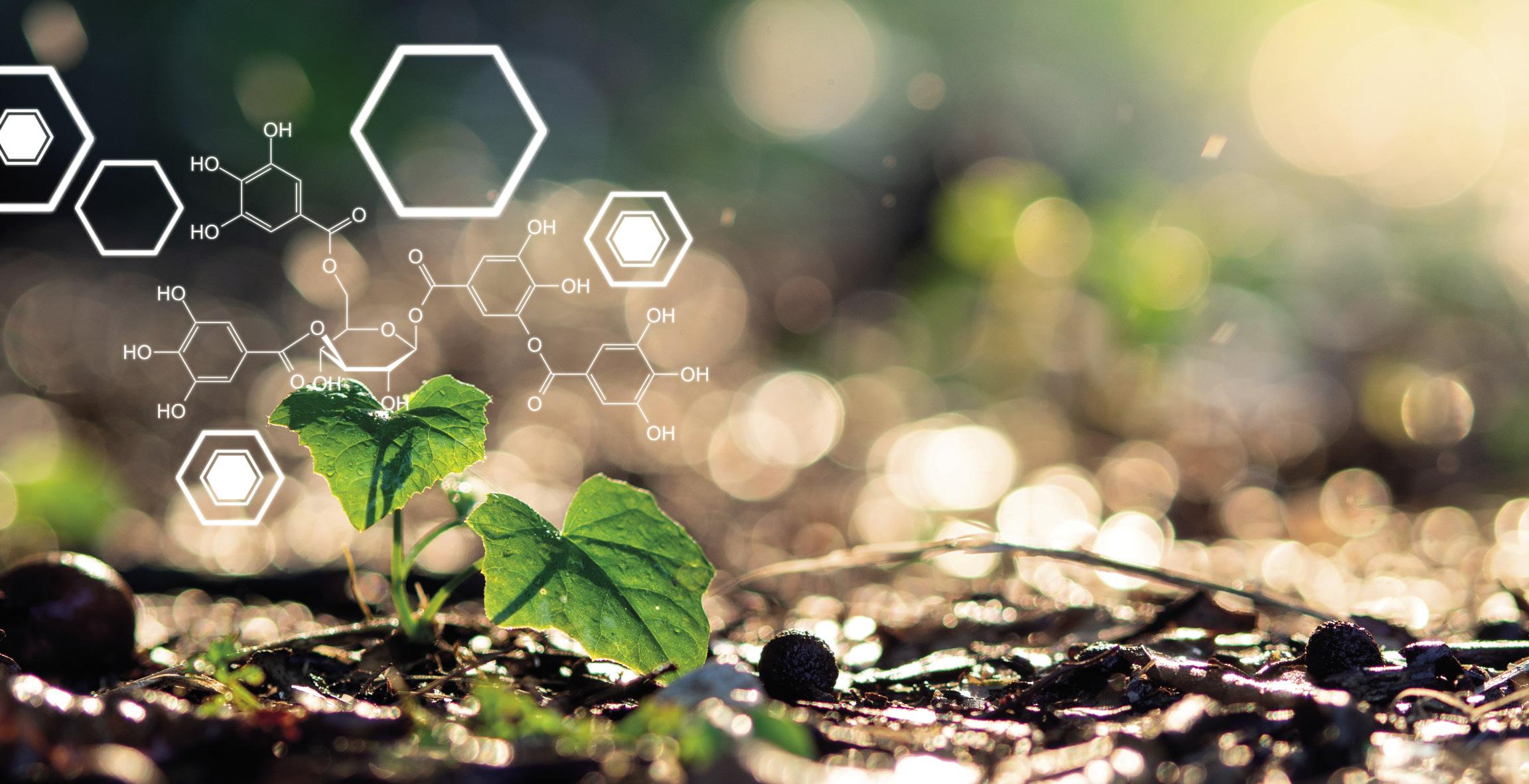
“We owe a lot to the chemical industry. Among other things, the current quality of life. We are not aware, but for us it has developed thousands and thousands of materials: drugs and most of the materials we use on a day-to-day basis, says Edurne González Gandara, Chemical Engineering researcher at UPV. Without sanitary protective masks, for example, we could not deal with the health crisis of covid-19”.
The question is how we can develop new compounds to respond to specific chemical-technological-pharmacological challenges today, ensuring that we will not harm our health or that of ecosystems. There is a great concern for the toxicity of chemicals. They are still common in rivers metals, fungicides, insecticides, synthetic hormones, arsenic and other dangerous chemical compounds.
There are many examples of their impact on wildlife: metals and acidity have damaged freshwater fish and ground invertebrates; the administration of diclofen anti-inflammatory to cows has caused the mass death of vultures that eat their corpses; some populations of whales have decreased due to high concentrations of polychlorinated biphenyls in tissues and milk. And, what is more serious, in most of the chemicals in the market, no data on potential toxicity is available. Of the total, only 0.2% provides data on the duration in the environment and 11% data on aquatic toxicity.
The detailed evaluation of toxicity is expensive and long. In addition, the diversity of compounds generated by the chemical industry is so large that it far exceeds our ability to measure toxicity. But would we be able to create, bringing together all existing knowledge, good mathematical models to predict the toxicity and risk of new synthetic products? The journal Science has placed one of the great future challenges of chemical research.
Challenges of chemical design
So far, the chemical risk has been defined according to the accident protection equipment. But every time the control mechanisms fail, González considers that there has been a disaster: “In 1974, in Flix borough (UK), a 50 tonne cyclohexane spill was produced in a nylon manufacturing company. After a terrible explosion, 28 workers died. Ten years later, in Bhopal (India), another insecticide-generating company had the addition of methyl isocianate. It is estimated that the discharge caused 2,500-4,000 dead and 180,000 wounded. We have learned a lot from mistakes.”
It is now clear that the risk reduction strategy should not be based on accident protection equipment, but should be reduced in the product design itself. Therefore, the groups of researchers who design chemical products or processes must have a deep knowledge of the physical (explosivity…) and global (generation of greenhouse gases…) risks of products, as well as molecular toxicity. It is more necessary than ever to combine chemistry, toxicology and ecology.
“In addition, all processes in the chemical industry should be monitored. If at all times we had information about what is happening in the chemical reaction, in case of any problem we would have time to avoid accidents,” explains González.
Need for industrial circulation
However, reducing toxicity and risk is not the only challenge in the chemical industry. Large amount of waste and by-products generated. In specialized products, for example, between 5 and 50 times more by-products are generated than the final product; in pharmaceutical products, between 25 and 100 times more. Green chemical design should achieve a radical change.
As for waste, plastics are a clear example. Most of them are of one use and their recycling is expensive, since in addition to being a mixture of several polymers, they often contain additives: plasticizers, stabilizers… “We have to invest more in investigating plastic recycling,” González believes. While the speed of marketing of new products is faster than recycling research, the problem will always exceed the solution. Is the solution to entrust waste management to the production company? Would this accelerate research?
On the other hand, there is also a question of natural raw materials. The industrial demand for high quality metals is increasing. However, the reuse of these metals is very difficult. By 2012, humanity withdrew 560 million metric tons of copper, of which only half is available. Where has the other half been lost? What can researchers based on the circular economy learn from this great loss?
What is clear is that the key is the initial chemical design of the molecules, in which the characteristics of each molecule are specified, the reactions that must be carried out to obtain them, the energy consumption and the necessary raw material, and the amount of waste that will generate. Chemical design will have to be reinvented at a time when society is betting on sustainability. “Making the leap to green chemistry is a big challenge, it’s true. But we are multidisciplinary people to face this problem,” explains González.
Pharmaceutical industry at destination
An article published in April by the medical journal The Lancet poses another problem: pharmacological contamination. Warns about the destructive effects on the environment and human health of mass drug treatments. Unax Lertxundi Etxebarria, pharmacist of Mental Health of Alava, and Gorka Orive Arroyo, professor of the Faculty of Pharmacy of the UPV.
“When we take a drug, a part is absorbed and used by our organism, but a large part is eliminated by urine and stool,” says Lertxundi. The cleaners are not prepared to remove the drugs and end up in the rivers.” Thus, more than 3,000 active ingredients are found dispersed in the environment, such as thyroid, cardiovascular, antiepileptic, antibiotic, antidepressant, anti-inflammatory and others. “We may think they are very low concentrations, but drugs are designed to have a pharmacological effect at very low concentrations. Therefore, the consequences are serious, explains Lertxundi. To begin with, antibiotic-resistant bacteria are created, which brings the problem back to hospitals, which are then not effective in healing patients.”
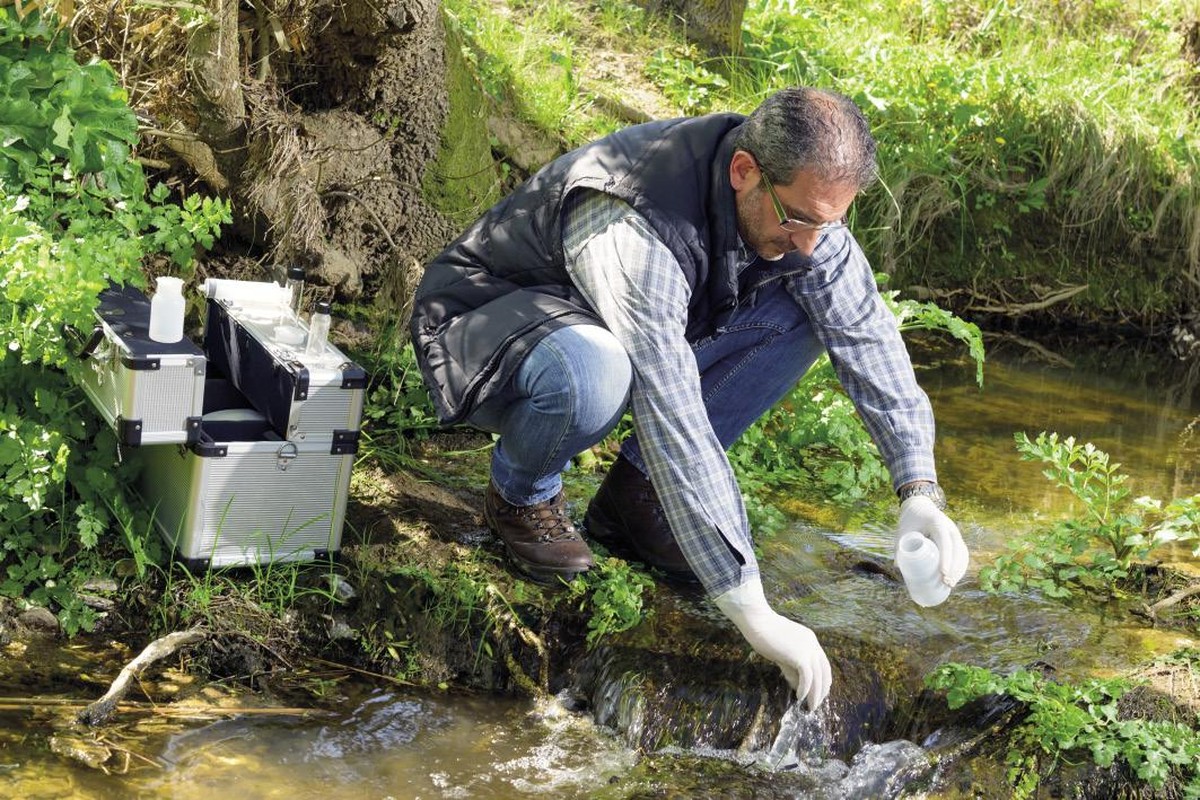
Antidepressants, anti-inflammatory drugs, etc. in the wild life
The problem has more dimension. There is no more to see the problems it causes in wild ecosystems. “It must be taken into account that most of the hormones, enzymes and neurotransmitters that we have humans also have other animals, so the drugs also act on them,” says Lertxundi. For example, fluoxetine (Probac® antidepressant) ends in rivers and is absorbed by river insect larvae. In addition, they are cumulative, which causes the animals that consume them to have reproduction problems. In an Australian research they have found that ornithorrines, insectivores, receive half of the concentration of antidepressants that humans receive through food every day from rivers.”
Even when they give antiparasitic ibermectin to cows, it finally reaches the ground with the feces and kills beetles of the earth. Consequently, beetles do not metabolize the feces and the earth suffers problems. Lertxundi works in a psychiatric hospital: “Those of us who work in healthcare did not spend a second thinking about drug contamination. The drug does not disappear when we expel it from our body, but health professionals act as if it were when we prescribe drugs.”
“In addition,” said Orive, “we have to take into account that there are drugs that spend several hours in our body, but that can last 40 years in the environment.” In view of the dimension of the problem, both consider that pharmacological pollution is an issue to be addressed by society. “As 20 years ago, the automotive industry was asked to abandon oil to develop electrification, today we must ask the pharmaceutical industry to start the road to eco-affirms Oriv-. Pharmacology researchers have to design drugs to be effective as drugs, but also to biodegrade when they reach the environment.”
“On the other hand, we must improve water laundering technology in the treatment plants to prevent the drugs from reaching the environment,” Orive believes. Treatments have already been developed capable of eliminating almost all organic compounds from wastewater and reducing pharmacological pollution, but they are expensive. Switzerland has taken that step: It has spent 1.000 million euros in the implementation of ozone and other treatments in treatment plants.

Behind the legislation
The look is now in the legislation. In 2007, the REACH Regulation was introduced in Europe, which forced the industry to ban highly dangerous substances and to safely declare the use of the substances used. Now experts believe that this adaptation to the chemical and pharmaceutical industry will only come from the hands of the laws. “Legislation should establish, before its commercialization, the need for a rigorous study of the environmental impacts of new drugs,” says Orive. “If laws are not applied, no measures are taken,” says González. Legislation should promote the movement of industry towards more sustainable processes.”

Gai honi buruzko eduki gehiago
Elhuyarrek garatutako teknologia



